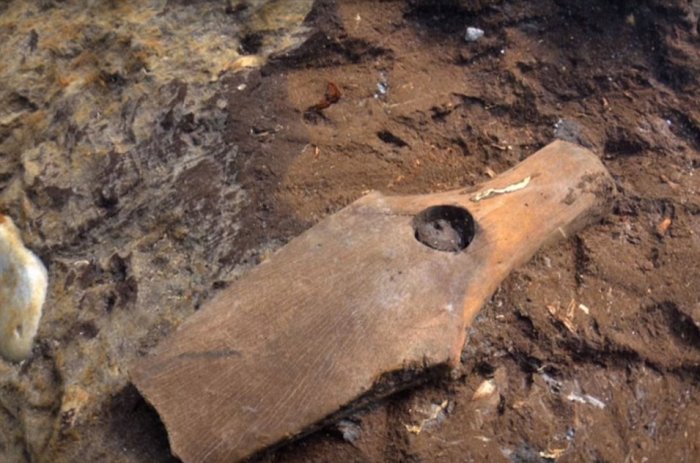MessageToEagle.com – Some years ago, researchers discovered the oldest known stationary fish traps in northern Europe off the coast of southern Sweden. Later investigations showed traces of a 9,000-year-old underwater site.
Many quickly labeled the submerged site a “Swedish Atlantis”. However, this submerged ancient settlement is in no way related to the lost legendary continent of Atlantis.
Nevertheless, the underwater site is still very intriguing and offers many clues to how our ancestors lived as well as what kind of environmental changes they were facing.

Underwater archaeologists have now mapped the site and delivered astonishing images.
Scientists from the Lund University in Sweden are behind this study. They believe this location was a lagoon environment where Mesolithic humans lived during parts of the year.
”As geologists, we want to recreate this area and understand how it looked. Was it warm or cold? How did the environment change over time?” says Anton Hansson, PhD student in Quaternary geology at Lund University.

Changes in the sea level have allowed the findings to be preserved deep below the surface of Hanö Bay in the Baltic Sea.
See also:
7 Enigmatic Ancient Underwater Ruins – Our Oceans Are Full Of Secrets
Stunning Underwater Photos Reveal Secrets Of Legendary Lost City Of Heracleion
The researchers have drilled into the seabed and radiocarbon dated the core, as well as examined pollen and diatoms. They have also produced a bathymetrical map that reveals depth variations.
”These sites have been known, but only through scattered finds. We now have the technology for more detailed interpretations of the landscape”, says Anton Hansson.
”If you want to fully understand how humans dispersed from Africa, and their way of life, we also have to find all their settlements.
Quite a few of these are currently underwater, since the sea level is higher today than during the last glaciation. Humans have always preferred coastal sites”, concludes Hansson.
MessageToEagle.com
Expand for references






